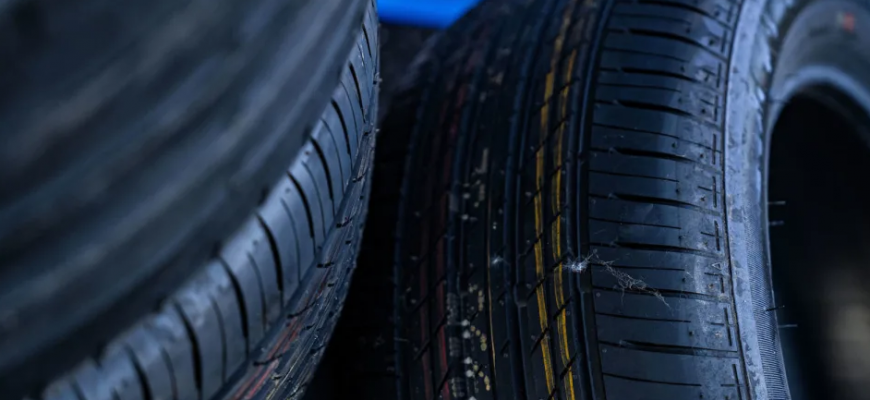Worn Tyres: Is Saving A Few Dollars Worth The Risk On The Road?

Drivers in Australia are being cautioned against the use of part-worn car tyres due to potential safety risks, particularly when the weather starts to get colder. While cheaper than new tyres, purchasing part-worn tyres, which have been removed from other vehicles but still have significant tread life, poses hazards that may not be immediately visible.
According to industry experts, a substantial number of part-worn tyres, estimated at 5.5 million annually, are sold in Australia. These tyres often originate from countries like Germany, where drivers replace tyres with adequate tread depth before reaching the legal limit, making them suitable for resale as part-worn tyres in Australia.
Part-Worn Tyres Overview
Part-worn tyres are essentially previously used tyres that still have usable tread life. They account for approximately 10% of all tyre sales in Australia. Imported part-worn tyres must meet specific regulations to be considered road-legal and safe for use.
Regulations in Australia
In Australia, regulations dictate that second-hand tyres must be in good condition, free from bulges in the sidewall, large cuts in the tread, or any visible structural damage. They should have a minimum tread depth of 2mm across the width and circumference and must be clearly marked as “part-worn” in uppercase letters at least 4mm in height on the sidewalls. Despite these regulations, some suppliers may not comply, and consumers are urged to ensure that any part-worn tyres they purchase meet these standards to avoid potential accidents.
Pros and Cons of Part-Worn Tyres
While part-worn tyres offer cost savings compared to new ones, they do not last as long and may require more frequent replacement. The initial savings may be offset by the shorter lifespan of part-worn tyres, making the long-term cost-effectiveness questionable. Additionally, part-worn tyres may have less grip, particularly in wet conditions, increasing the risk of accidents.
Furthermore, studies have shown that a significant portion of part-worn tyres sold in Australia do not comply with regulations, with some considered potentially dangerous due to hidden damage or incorrect repairs. Therefore, while part-worn tyres may seem like a budget-friendly option, the potential safety risks associated with them should not be overlooked.
Alternatives to Part-Worn Tyres
In addition to new and part-worn tyres, consumers in Australia have the option of remoulded or retreaded tyres. Remoulded tyres, if manufactured in compliance with regulations, can offer a cost-effective and environmentally friendly alternative to new tyres.
Ultimately, the decision to purchase part-worn tyres in Australia depends on individual preferences and risk tolerance. However, given the potential safety concerns and regulatory issues associated with these tyres, many experts recommend opting for new tyres or certified remoulded options to ensure maximum safety on the road.

